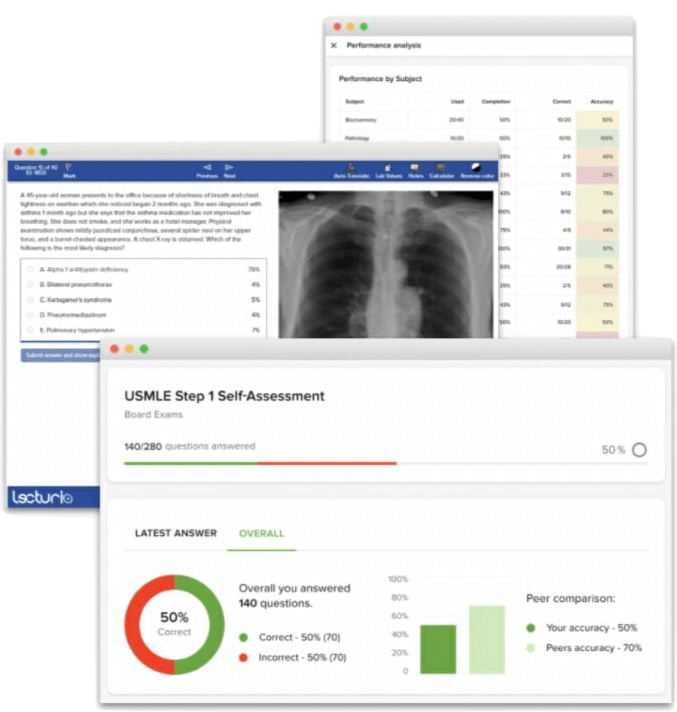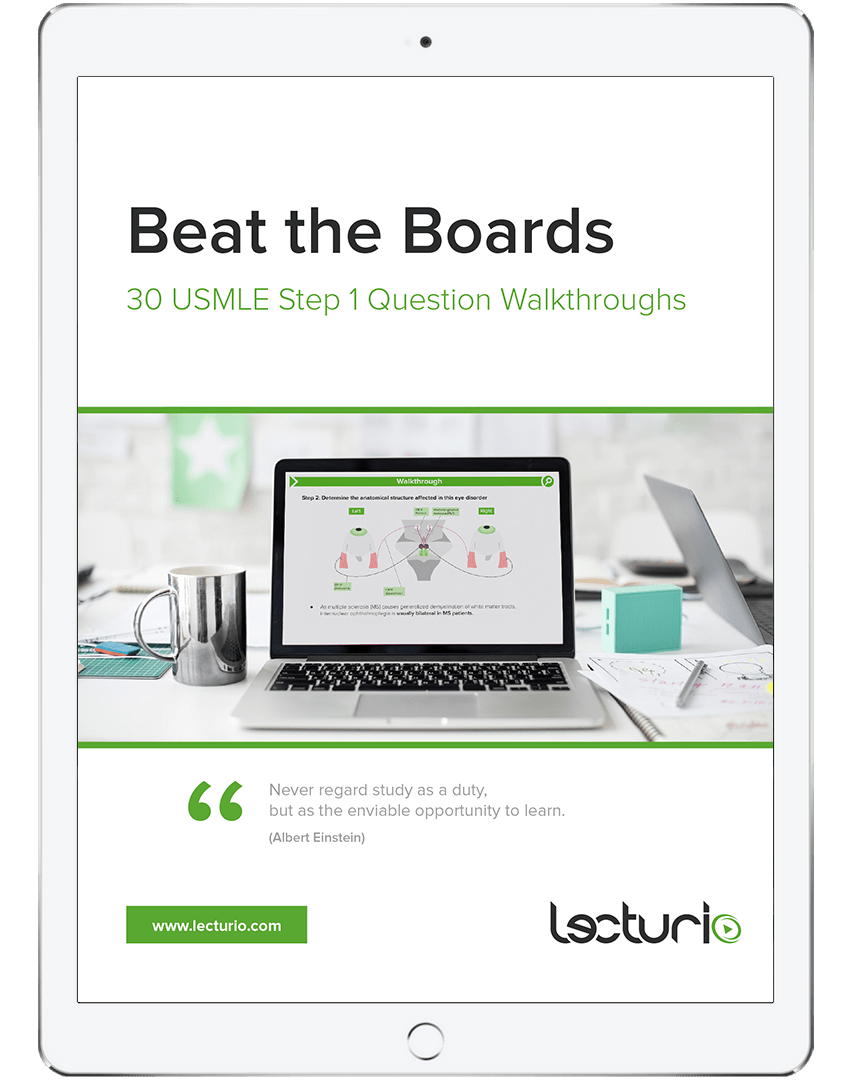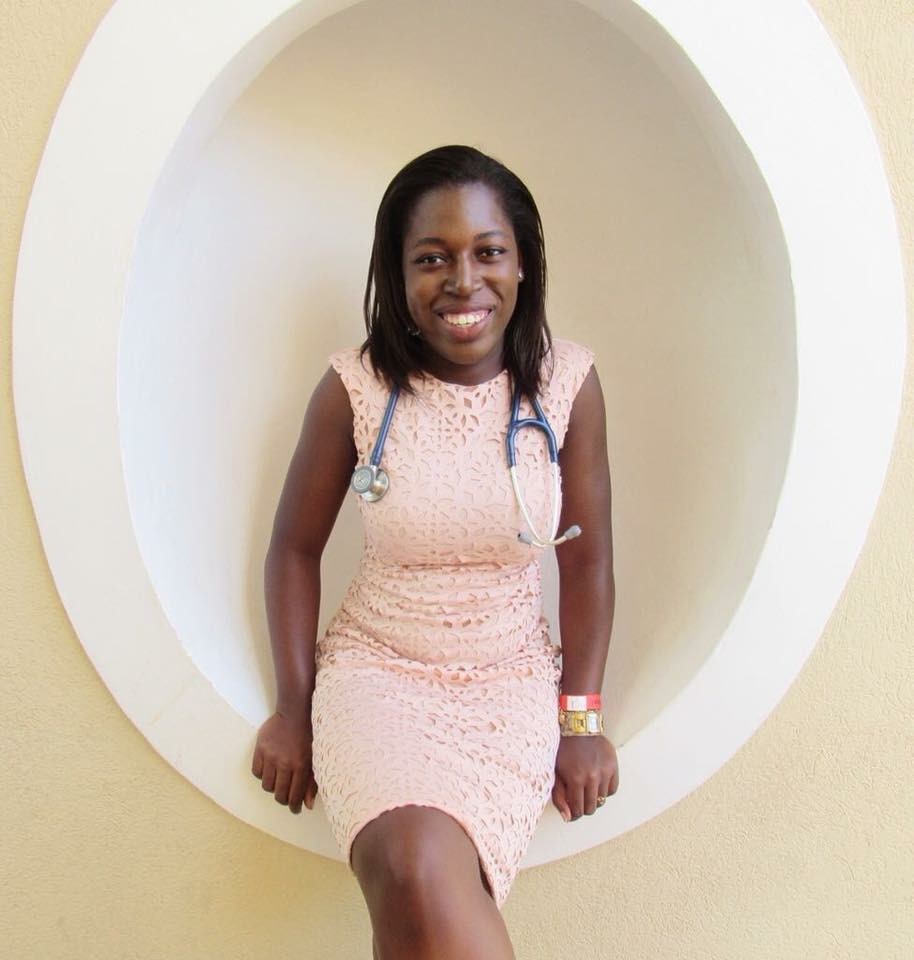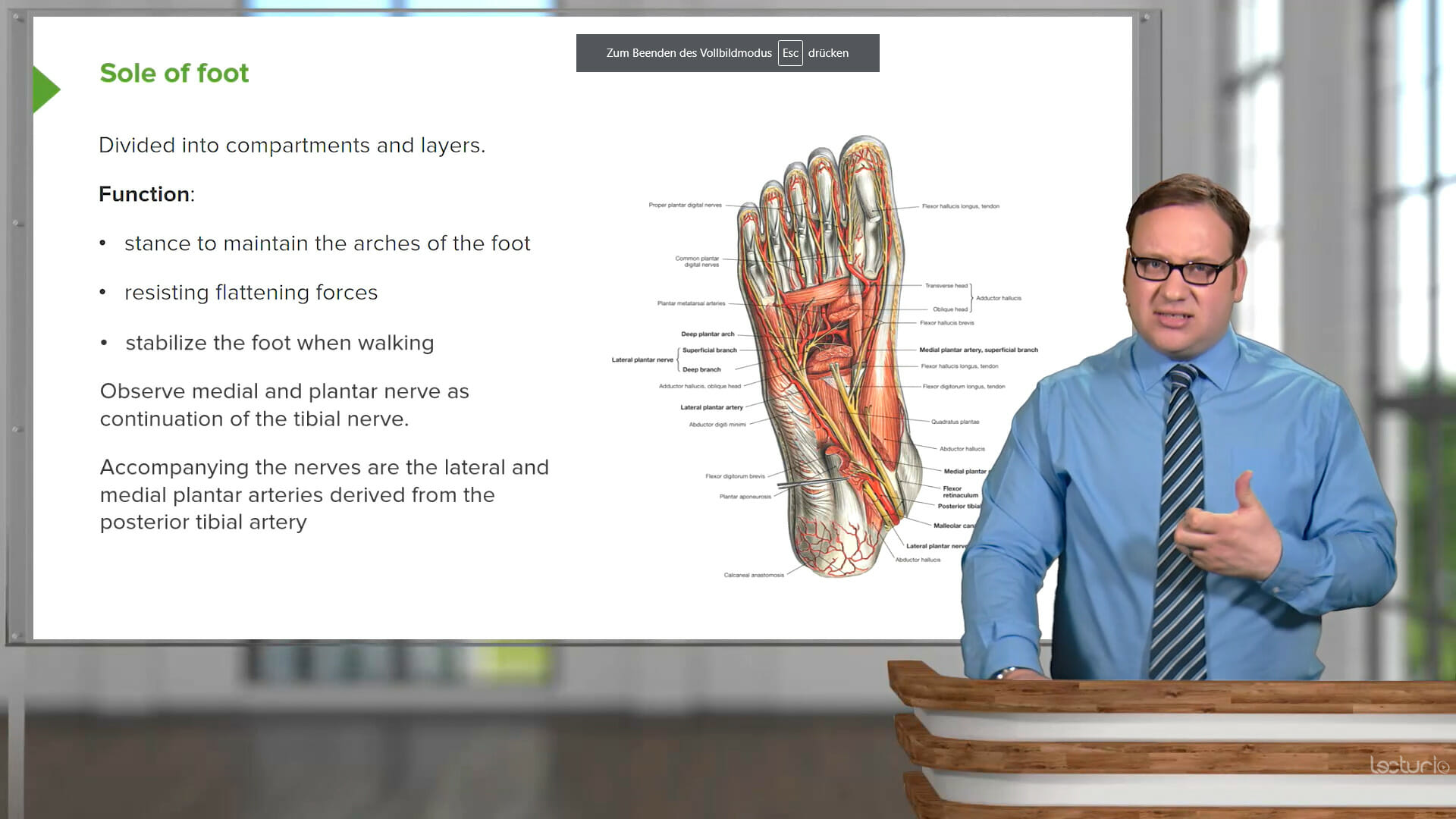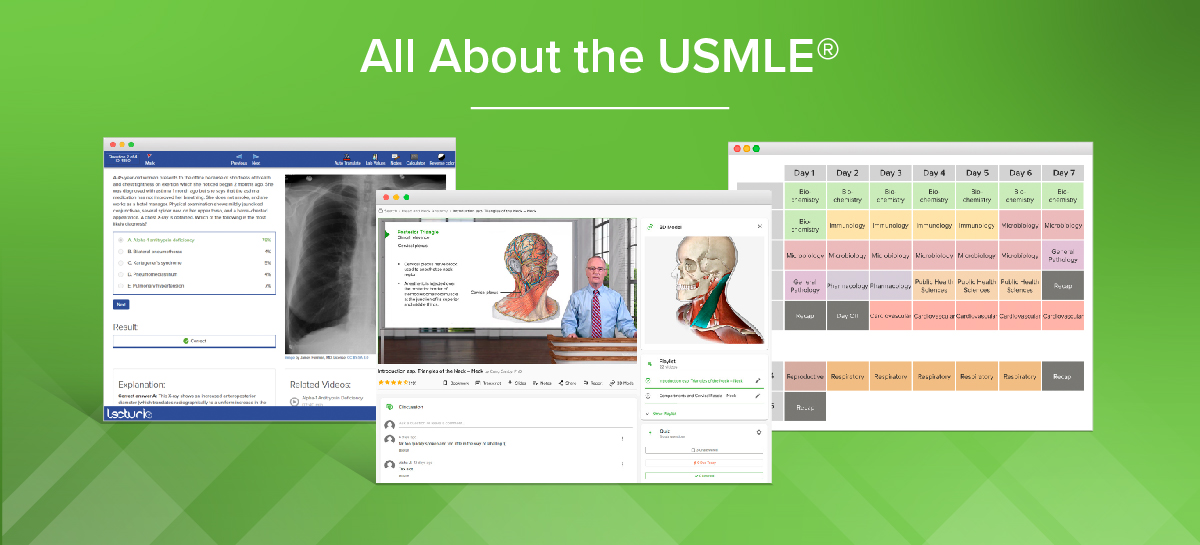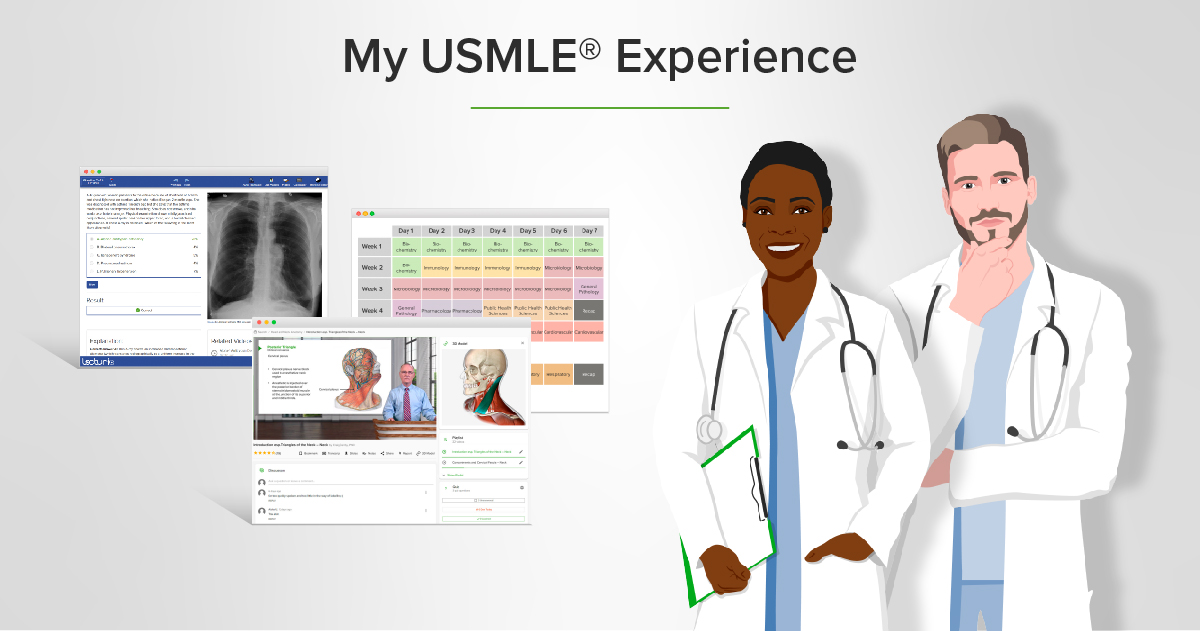Like most medical students, I purchased a copy of First Aid® (FA) at the start of my first semester of medical school. I was excited to mark pages, make notes, and get started learning about medicine. I didn’t know what I was doing, but I knew from countless posts on forums that this book is the pinnacle reference guide for basic sciences and therefore must be consulted.
Why Should I Annotate First Aid®?
Here’s the thing though: First Aid® is just that, a reference book. To reference something means to mention or allude to something. Thus, if FA is alluding to the big picture ideas of most topics; not everything I will need in my medical education will be in this book. And this is where annotation comes into play. Most students will fill in the blanks of their knowledge in their First Aid® book. But how you make those notations will make the difference between whether your book will continue to be the excellent reference book you first purchased, or whether it will become an unusable condensed book of knowledge.
Here’s my advice on how to annotate your FA into a golden book you can use for the rest of your medical journey!
How to Get Organized
Reorganizing and binding: Cater your book to your needs!
When you purchase First Aid®, it’s a typical 400+ page textbook with a binding that makes margins hard to reach. Consider going to your local print shop and rebinding it. Some options include spiral binding or creating a binder (or binders). This allows maximum access to margins, and if you create a binder, you can add additional pages/notes as you please.
Additionally, you can reorganize your book to your liking. I know some students prefer to have one large pharmacology section. So they removed all the pharmacology sections and grouped those pages together. Essentially, you can make whatever organizational changes you need to maximize your retention.
Highlighting and color systems
Highlighting is great to get your eyes to focus on key information. But there are some do’s and don’t’s to pay attention to.
Don’t:
Do not highlight entire passages or use only one color. This eliminates focusing on the topic and instead creates a unicolor blob of information that you will need to read thoroughly to decipher. Highlight 1–3 words so that you instantly focus on the topic at hand, rather than full sentences and paragraphs.
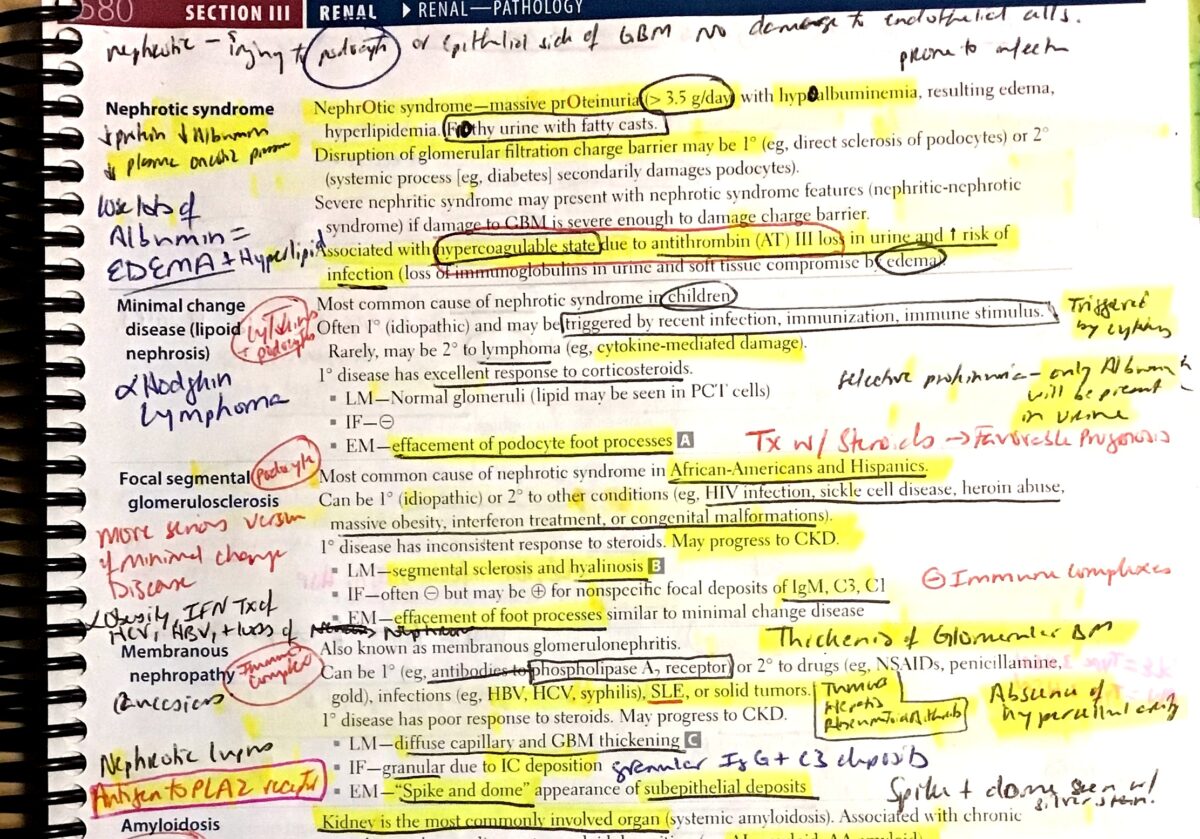
Do:
Develop a color system. Use one color per topic. My system (later) was:
- Yellow: pathology/cause of disease
- Orange: clinical presentation/symptoms
- Light green: treatment/management
- Light purple: labs and imaging
- Light red: risk factors
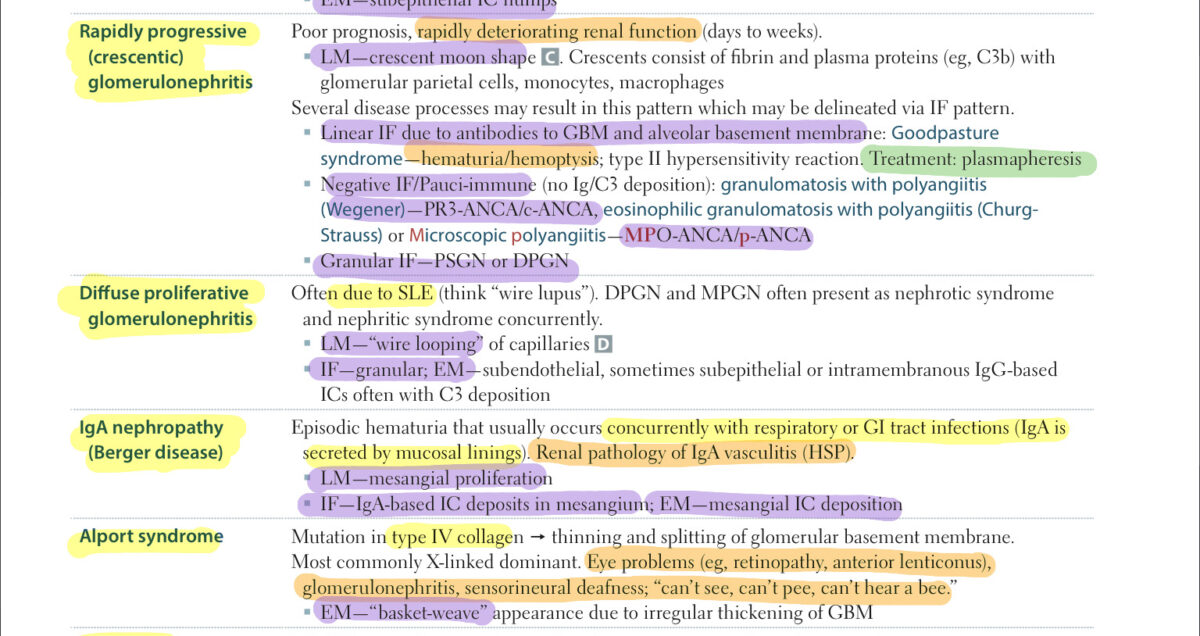
Learning with Video Lectures
Most students’ first pass of First Aid® is supplemented with a video series, such as Lecturio’s USMLE® Step 1 Video Prep Course. This is a great way to go through sections of First Aid® while having someone explain the information.
Don’t:
Do not copy verbatim what the lecturers say into your book. Why? Much of the information is already summarized in FA! You will run out of space and it will be hard to reference later.
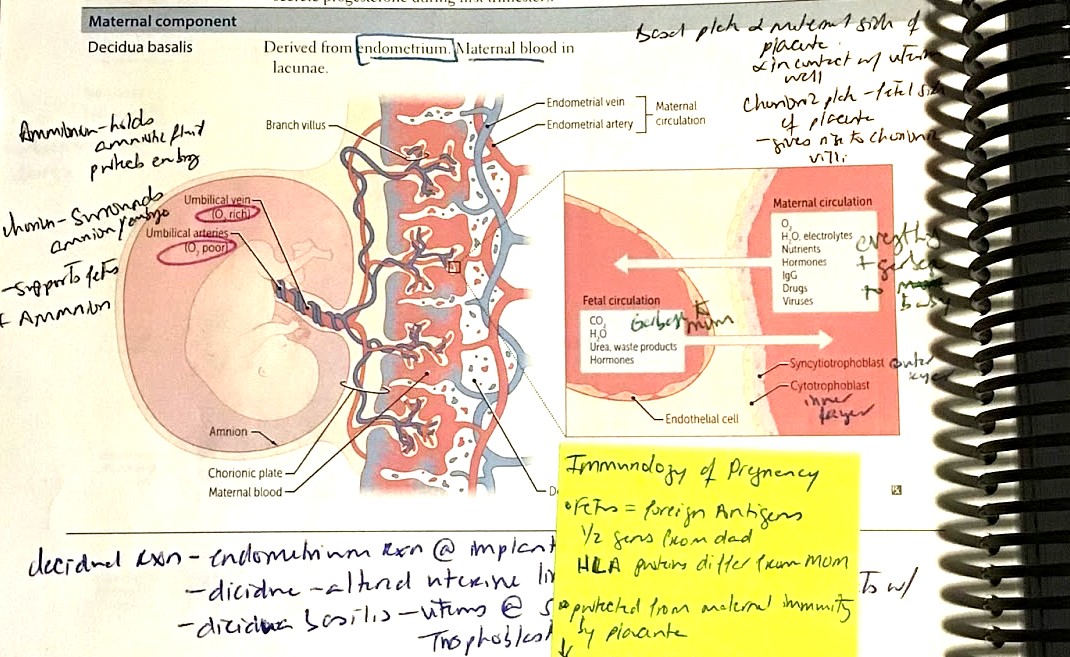
Do:
Make a one- to two-sentence summary or graph of the video lectures you found helpful in the margins and leave a sticky note with information on how to reference the video at a later date. If you’re having a hard time finding where the information from Lecturio videos is in First Aid®, use the Bookmatcher!
So, How Exactly Do I Write my Notes?
1. Keep it short.
When writing notes into your book, make sure they are not long. Write a one- to two-sentence summary of a difficult topic in the margin, or make your own diagram/illustration of the topic in the margin. It’s important that your notes are in your own words and make sense to you, so that they make sense when you come back to review later.
2. Don’t just repeat what you heard in class.
Do not write your notes from your class lectures directly into First Aid®. Unfortunately, most of the information you receive in your day-to-day courses is low-yield and thus not ideal for board exams. If your class lectures had a good explanation on a topic, write it down on a sticky note with reference to which lecture it comes from, and add the sticky note to the book. This way, when it’s time to study for boards, you can decide if the information is worth permanently writing down and retaining for the USMLE®.
3. Get creative!
A helpful technique I used while studying for the USMLE® Step 1 was adding information to graphs and pathways such as drugs, bugs, and pathology. I preferred to put these on sticky notes so I could move them around to all the sections I found the information was applicable. This gave a visual to multiple different ways questions can be asked.
And that’s it! These are some foundations that you will definitely expand and modify to match your studying needs.
